Thinking Forward To Extend Season
seysonn
10 years ago
Related Stories
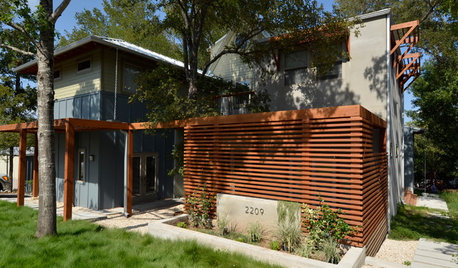
HOUZZ TOURSHouzz Tour: Visit a Forward Thinking Family Complex
Four planned structures on a double lot smartly make room for the whole family or future renters
Full Story
WINTER GARDENINGExtend Your Growing Season With a Cold Frame in the Garden
If the sun's shining, it might be time to sow seeds under glass to transplant or harvest
Full Story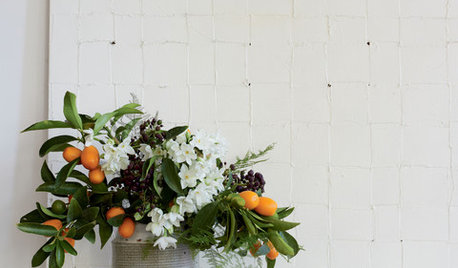
DECORATING GUIDESPut Your Best Fruit Forward in Splendid Fall Arrangements
Luscious, colorful and unbeatably fresh, fruit-centered arrangements bring welcome flavor to fall home decor
Full Story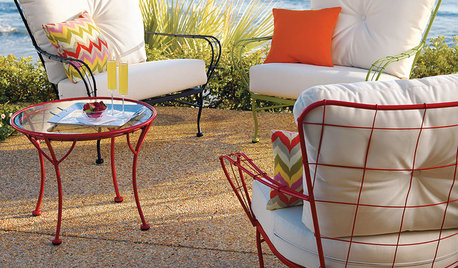
PRODUCT PICKSGuest Picks: Design-Forward Outdoor Furniture
Treat yourself to one of these splurge-worthy patio pieces and enjoy great outdoor style for many summers to come
Full Story
WINTER GARDENING6 Reasons I’m Not Looking Forward to Spring
Not kicking up your heels anticipating rushes of spring color and garden catalogs? You’re not alone
Full Story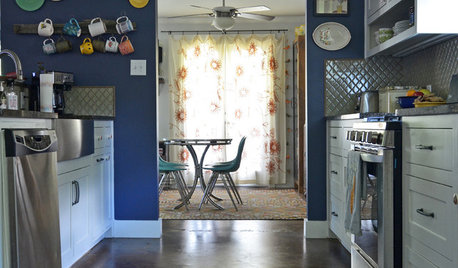
MY HOUZZMy Houzz: A Pay-It-Forward Kitchen Remodel in Dallas
Vintage finds, color and a kitchen update add new universal flow to a family’s 1960s home
Full Story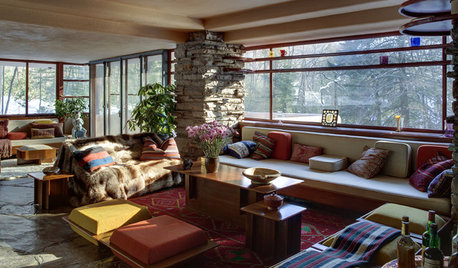
WINDOWSSteel-Framed Windows Leap Forward Into Modern Designs
With a mild-mannered profile but super strength, steel-framed windows are champions of design freedom
Full Story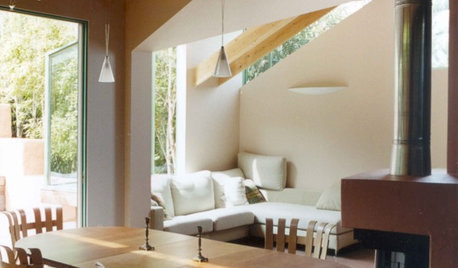
ENTERTAININGExtendable Tables Solve Dining Dilemmas
More really is merrier for holiday and everyday entertaining when your dining table adjusts to fit your guests
Full Story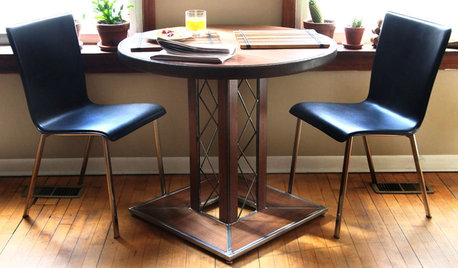
LIFEHow to Navigate an Extended Guest Stay
Keep sharing living quarters a positive experience by pondering the answers to these questions in advance
Full Story
MOST POPULARHow to Start a Cool-Season Vegetable Garden
Late summer and late winter are good times to plan and plant cool-season crops like salad greens, spinach, beets, carrots and peas
Full StorySponsored
More Discussions






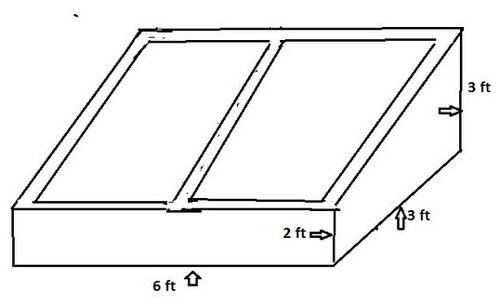

CaraRose
seysonnOriginal Author
Related Professionals
Reading Landscape Architects & Landscape Designers · Ashburn Landscape Architects & Landscape Designers · Horsham Landscape Architects & Landscape Designers · Concord Landscape Contractors · Clearlake Landscape Contractors · East Patchogue Landscape Contractors · El Sobrante Landscape Contractors · Fishers Landscape Contractors · La Mirada Landscape Contractors · Lemoore Landscape Contractors · San Bruno Landscape Contractors · Severna Park Landscape Contractors · Vadnais Heights Landscape Contractors · Alexandria Driveway Installation & Maintenance · Lakewood Driveway Installation & Maintenancetishtoshnm Zone 6/NM
gjcore
defrost49
gjcore
seysonnOriginal Author
gjcore
laceyvail 6A, WV
japus
seysonnOriginal Author
little_minnie
seysonnOriginal Author
laceyvail 6A, WV
gjcore
little_minnie
tishtoshnm Zone 6/NM
gjcore
seysonnOriginal Author
japus
seysonnOriginal Author
little_minnie
seysonnOriginal Author
little_minnie
seysonnOriginal Author
little_minnie
gjcore
japus
seysonnOriginal Author
seysonnOriginal Author
japus
gjcore
seysonnOriginal Author
gjcore
elisa_z5
seysonnOriginal Author
elisa_z5